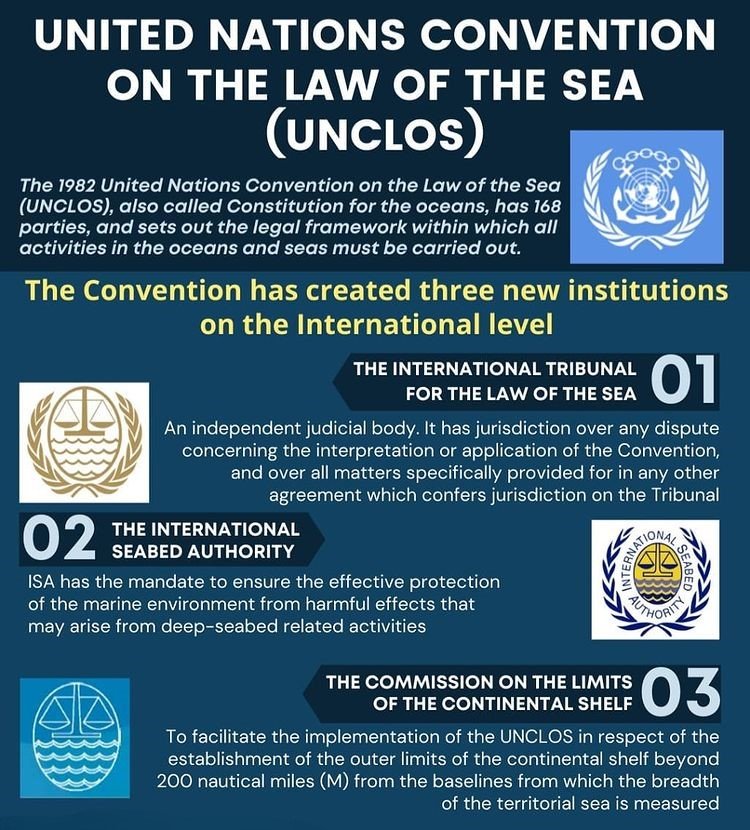The Convention on Fishing and Conservation of Living Resources of the High Seas is an international agreement designed to address the issues surrounding the conservation of marine life beyond national jurisdictions. The convention acknowledges that modern fishing technologies have increased the risk of overexploitation of high seas resources, necessitating international cooperation for sustainable management.
- Date Opened for Signature: 29 April 1958
- Date Entered into Force: 20 March 1966
Purpose
The main objective of the Convention is to ensure conservation and rational exploitation of living resources on the high seas through cooperative international measures. It seeks to:
- Prevent overfishing
- Promote scientific research on marine populations
- Coordinate efforts among states with shared interests in oceanic ecosystems
Participation
Parties (39):
Australia, Belgium, Bosnia and Herzegovina, Burkina Faso, Cambodia, Colombia, Republic of the Congo, Denmark, Dominican Republic, Fiji, Finland, France, Haiti, Jamaica, Kenya, Lesotho, Madagascar, Malawi, Malaysia, Mauritius, Mexico, Montenegro, Netherlands, Nigeria, Portugal, Senegal, Serbia, Sierra Leone, Solomon Islands, South Africa, Spain, Switzerland, Thailand, Tonga, Trinidad and Tobago, Uganda, United Kingdom, United States, Venezuela.
Signatories (Not Yet Ratified) (21):
Afghanistan, Argentina, Bolivia, Canada, Costa Rica, Cuba, Ghana, Iceland, Indonesia, Iran, Ireland, Israel, Lebanon, Liberia, Nepal, New Zealand, Pakistan, Panama, Sri Lanka, Tunisia, Uruguay.
See Also
- Environmental effects of fishing(#)
- United Nations Convention on the Law of the Sea(#)
- Convention on the High Seas(#)
References
- CIA World Factbook (2003 edition)
- Indonesian Law #19/1961
External Links
- Indonesian Law #19/1961(#)
- Convention of the High Seas (1958) – Archived Version (22 March 2017)(https://web.archive.org/web/20170322164945/http://legal.un.org/ilc/texts/instruments/english/conventions/811958highseas.pdf)
- Convention on Fishing and Conservation of Living Resources of the High Seas (1958)(https://legal.un.org/ilc/texts/instruments/english/conventions/811958_fishing.pdf)
